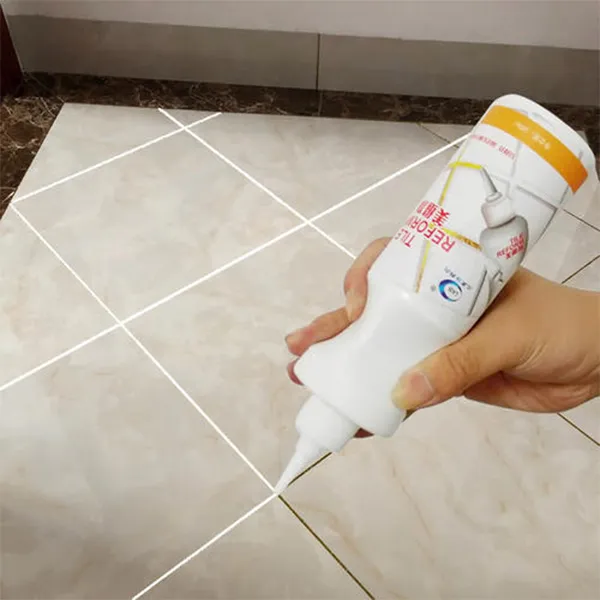The Role of Cellulose and HPMC in Paint Formulations
When it comes to the formulation of paints, various components play a crucial role in determining the product's overall performance and aesthetic quality. Among these components, cellulose derivatives such as Hydroxypropyl Methylcellulose (HPMC) have garnered significant attention due to their unique properties and benefits. This article explores the importance of cellulose and HPMC in paint applications, focusing on their functionalities, advantages, and impact on paint formulations.
Understanding Cellulose and HPMC
Cellulose is a natural polymer derived from the cell walls of plants and is one of the most abundant organic compounds on Earth. Its derivatives, like HPMC, are chemically modified to enhance their properties for specific applications. HPMC is a non-ionic, water-soluble polymer that possesses a variety of functional groups, making it an ideal additive in various industrial applications, including paints.
HPMC is known for its thickening, binding, and emulsifying properties, thus playing a vital role in paint formulations. By incorporating HPMC into paints, manufacturers can achieve better consistency and stability, which is crucial for both application and performance.
Thickening Agent
One of the primary roles of HPMC in paint formulations is to act as a thickening agent. When mixed with water, HPMC increases the viscosity of the paint, which prevents sedimentation of pigments and other solid particles. This attribute is particularly important in preventing the separation of components during storage. Moreover, the increased viscosity improves the paint's application properties, allowing for a smoother and more even application on various surfaces.
Improved Workability
HPMC also enhances the workability of paints. The improved viscosity allows for better control during application, whether by brush, roller, or spray. Painters can achieve a more uniform coating, which is vital for aesthetics and durability. Additionally, the workability ensured by HPMC aids in preventing runs and sags during application, contributing to a more professional finish.
cellulose hpmc for paint

Water Retention
Another critical function of HPMC in paint formulation is its water retention capability. Effective water retention helps maintain the moisture content of the paint during application, allowing for longer working times. This is particularly advantageous in hot and dry conditions, where rapid evaporation can diminish the quality of the applied paint. By retaining water, HPMC ensures that the paint remains workable for extended periods, facilitating a better outcome.
Film Formation and Adhesion
The film-forming capacity of HPMC contributes significantly to the overall performance of paints. Once the paint is applied, HPMC aids in the formation of a continuous, cohesive film upon drying. This film enhances adhesion to the substrate, ensuring better bonding between the paint and the surface. As a result, the paint exhibits improved durability, resistance to peeling, and better performance against environmental factors such as moisture and UV radiation.
Sustainability and Safety
In recent years, the push for sustainable and eco-friendly products has led to an increased emphasis on natural and biodegradable materials in various industries. HPMC, being derived from cellulose, is considered a more environmentally friendly alternative compared to synthetic polymers. Additionally, it is non-toxic and adheres to safety regulations, making it suitable for applications in residential and commercial paints.
Conclusion
The integration of cellulose and HPMC in paint formulations brings multiple benefits, enhancing product performance while addressing sustainability concerns. Their roles as thickening agents, workability enhancers, water retainers, and film-formers contribute to improving the application process and the overall quality of the paint. As the paint industry continues to evolve, the relevance of natural and functional additives like HPMC becomes increasingly significant, paving the way for innovative and high-performance paint solutions in the market.
-
The Application and Significance of Construction RdpNewsMay.19,2025
-
Industrial Grade HpmcNewsMay.19,2025
-
Building Coating Adhesive Building Coating Adhesive HpmcNewsMay.19,2025
-
Application Of Hpmc For Detergent For Detergent In DetergentsNewsMay.19,2025
-
Application Of Hpmc Cellulose In Cement-Based MaterialsNewsMay.19,2025
-
Application Of High Quality Hpmc For Construction In The Field Of ConstructionNewsMay.19,2025




